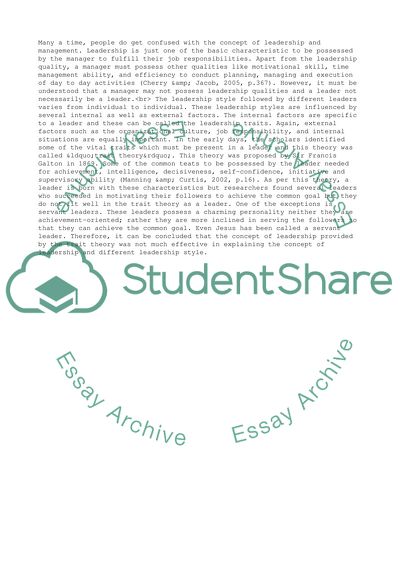Cite this document
(Business Development in Licensed Retailing Dissertation, n.d.)
Business Development in Licensed Retailing Dissertation. Retrieved from https://studentshare.org/business/1575051-fridgecom-case-study
Business Development in Licensed Retailing Dissertation. Retrieved from https://studentshare.org/business/1575051-fridgecom-case-study
(Business Development in Licensed Retailing Dissertation)
Business Development in Licensed Retailing Dissertation. https://studentshare.org/business/1575051-fridgecom-case-study.
Business Development in Licensed Retailing Dissertation. https://studentshare.org/business/1575051-fridgecom-case-study.
“Business Development in Licensed Retailing Dissertation”, n.d. https://studentshare.org/business/1575051-fridgecom-case-study.


